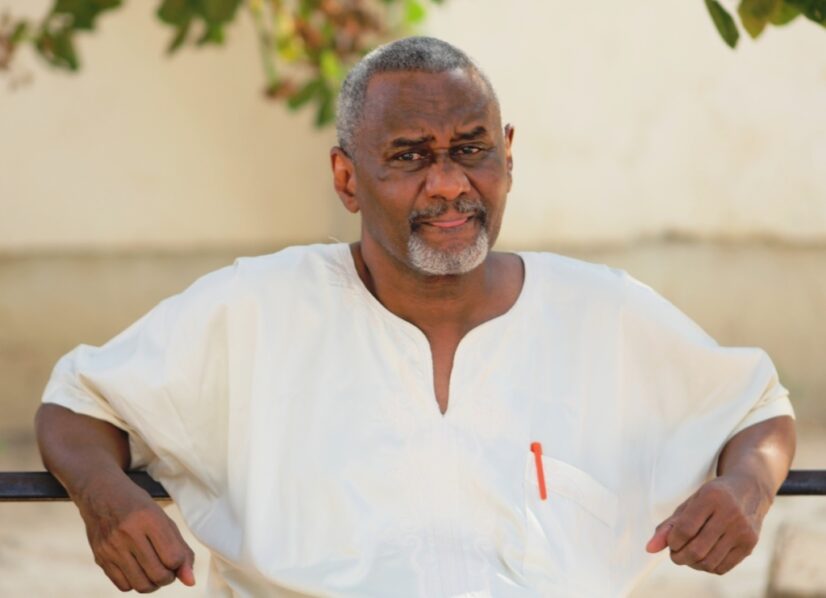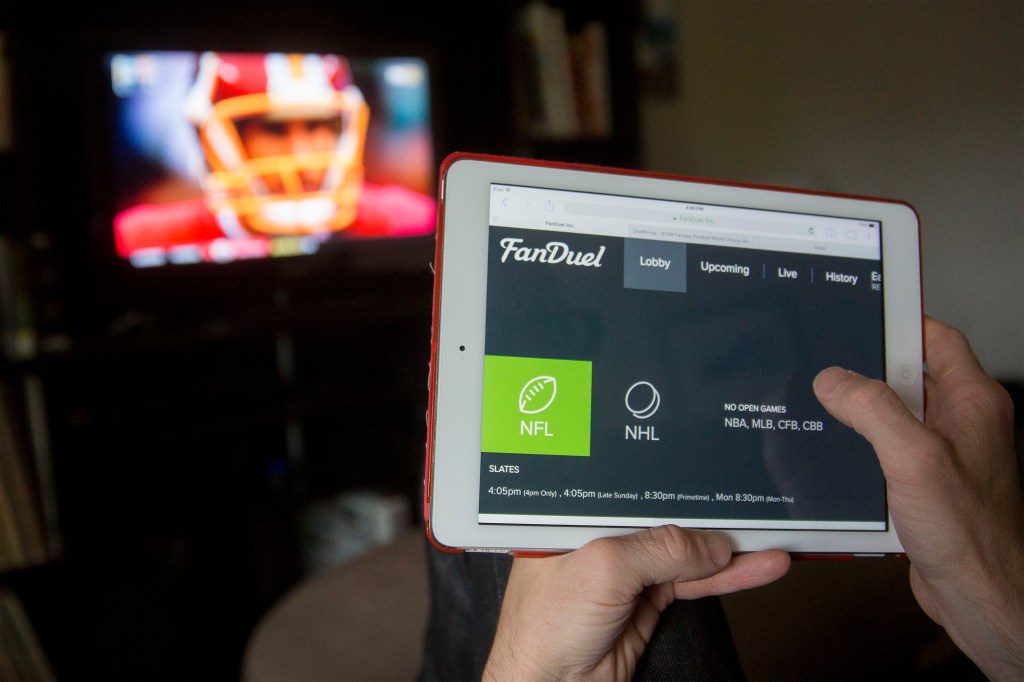The U.S. surgeon general’s recent advisory about clinician burnout cited numerous societal, cultural, structural and organizational causes – including excessive workloads, administrative burden and lack of organizational support.
The potential fallout of this trajectory is alarming: The advisory cites the Association of American Medical Colleges’ estimate on clinician demand outpacing supply, with an anticipated shortage of between 54,100 and 139,000 physicians predicted by 2033.
A crisis is looming for healthcare professionals and their employers. However, the question remains: How can it be solved?
Dr. Maulik Majmudar, chief medical officer and cofounder at Biofourmis, a vendor of personalized, predictive health IT – who prior to that served as Amazon’s medical officer who led the launch of Halo – sat down with Healthcare IT News to discuss the crisis and potential solutions.
Q. What was the gist of the surgeon general’s recent advisory about clinician burnout?
A. I had the good fortune of knowing and having worked with Surgeon General Dr. Vivek Murthy when we were both in Boston. Vivek has been tireless in his pursuit of raising awareness and driving action around some important issues during his time as surgeon general, and clinician burnout is one of them.
Dr. Murthy’s warning to the industry was that unless significant steps are taken to reduce the crisis of stress, exhaustion and burnout among physicians, nurses and other clinicians, the nation’s health will suffer through worsening of access to care and quality of care due to lack of resources.
The COVID-19 pandemic, he points out, has not been the sole cause of this crisis of clinician burnout. The National Academy of Medicine announced years earlier that 35% to 54% of nurses and physicians and 45% to 60% of medical students and residents reported symptoms of burnout.
The advisory cites numerous contributors to the crisis, which all predated the pandemic but have worsened because of the increased stress clinicians have faced. Contributors include overwhelming workload, administrative burdens, lack of leadership support, limited workplace flexibility and autonomy, and of course, lack of human-centered technology.
The pandemic has added to these challenges due to hospitals facing capacity issues during surges in cases, increased patient deaths, clinician health and safety risks, and uncertainty over treatments, which has led to a feeling of helplessness.
Although hospitalizations for COVID-19 are generally lower than they were prevaccine and with other variants, the clinician burnout and staffing shortages challenges have not abated. This fallout prompted the Association of American Medical Colleges to recently estimate an anticipated shortage of between 54,100 and 139,000 physicians by 2033.
Q. It seems that a crisis is looming for healthcare professionals and their employers. How can this be solved?
A. The surgeon general’s advisory offers many recommendations that span every stakeholder with influence over the healthcare industry, from health systems to academic and training institutions and governments. Above all, the culture must change so that confidential mental health services are not only available for clinicians, but encouraged.
As a physician, I can tell you that there is still a stigma about seeking professional help for anxiety, depression, substance-use disorder, and other mental or behavioral challenges – starting as far back as medical school. The growing public awareness of the enormous emotional and mental strain clinicians face is fortunately destigmatizing the issue somewhat, but we still have room for improvement.
Another important element to solving the burnout crisis that is particularly germane to your readers is what Dr. Murthy calls developing “human-centered” technology. This includes optimizing existing technology to meet the needs and workflows of clinicians as end users, and also introducing new solutions that help improve the clinician experience.
Virtual care solutions, currently underutilized as simply a replacement for in-person clinic visits, can be deployed more strategically and comprehensively to benefit both patients and clinicians.
Hospitalizations, for example, do not always require the patient to be within a medical facility. Rather, as evidenced by the Centers for Medicare and Medicaid Services’ Acute Hospital Care at Home program launched in November 2020, acutely ill patients can be equally – if not better – cared for in their homes than in the hospital.
Enabled through technology, clinicians can monitor patients between in-person home visits, improving efficiencies and reducing workload – all while the patient recovers in the comfort and convenience of familiar surroundings with family. This care model can, in turn, reserve hospital beds for higher-acuity patients for clinicians to focus on with fewer interruptions or duties to complete for patients who are not as acutely ill.
Q. You suggest there are opportunities to adopt and scale the use of innovative health IT to drive efficiency and alleviate clinician burnout by improving clinical workflows. Please expand on this.
A. Although the industry experienced the rapid adoption of telehealth and virtual care in recent years, we quickly realized that moving the needle on care quality and cost was going to require greater innovation than simply replacing in-person clinic visits with virtual visits.
Although these virtual clinical visits can automate some aspects for the provider, it does not significantly reduce their burden. In fact, provider experience may even be worsened by spending more time with technology that is not “human-centered.”
Truly taking advantage of the opportunities offered through virtual care requires providers to think more broadly than isolated telehealth visits. Rather, by including multiple technologies developed and improved in recent years, such as wearable sensors, data analytics, mobile devices as well as telehealth tools, providers can expand virtual care from periodic to continuous and real time.
A comprehensive strategy allows health systems to offer remote patient monitoring and management across the care continuum: complex chronic-condition management, acute hospital-level care at home and post-acute care.
As an example, consider how virtual care technology can be used to manage just one complex chronic condition: heart failure, which I have managed for many patients as a cardiologist.
Historically, this condition requires numerous visits with a cardiologist and perhaps some periodic recording by the patient of some basic stats, such as daily weight, as the clinician strives to get the patient to optimal guideline-directed medical therapy [GDMT].
With in-person office visits taking place several weeks apart, this process can take months at great cost and frustration to the patient and provider. The clinician can achieve optimal GDMT much sooner by leveraging an end-to-end virtual care solution that includes continuous collection and analysis of physiological data, a personalized baseline for each patient developed through machine learning, and software-enabled titration of foundational “quadruple” therapy that clinical guidelines call for to treat heart failure.
This approach is critical considering research shows less than 1% of heart failure patients are on optimal doses of their heart failure medications and less than 25% of eligible patients receive any GDMT. Not only can remote care solutions help physicians arrive at an appropriate GDMT sooner; it can also help providers identify signs of decompensation so they can intervene and prevent a trip to the emergency room or hospitalization.
Perhaps most important, these types of novel digitally enabled care models can improve efficiency and lower clinical workload and burnout.
Q. How can care-at-home, which is gaining momentum, with a combination of remote patient monitoring and in-person visits serve as a relief valve for overstretched clinicians?
A. A care-at-home solution that leverages RPM and AI-based predictive analytics can continuously analyze remotely collected data to help providers with optimal evidence-based decisions about patients’ medications and treatments. In addition, since clinicians are notified if a patient requires early intervention, workloads are reduced.
This approach supports clinicians who are increasingly faced with a “complex array of information to synthesize,” as noted in Dr. Murthy’s advisory. While technology doesn’t replace a provider’s training and experience, it can help eliminate the irrelevant noise that adds to clinicians’ cognitive load.
Another element that is not solely technology related is the increasing use of virtual clinicians, either employed by the health system or a vendor, to assist with remote monitoring and interventions.
These remote teams, which may include care navigators, nurses and even physician specialists, can manage daily patient monitoring through RPM and report to the local care team about any meaningful changes or information they would like to receive about their home-based patients.
The remote team can also offer monitoring during crucial off-peak staffing hours by intervening by phone or streaming video when a potential medical event may be on the horizon. While not a substitute for an emergency medical response, advanced analytics can enable care teams to identify signs of a potential incident hours, days or even weeks before it might have otherwise occurred.
The predictive analytics technology offering evidence-based guidance and the remote care team providing monitoring support can significantly offload burden from local care teams in numerous ways.
RPM addresses the needs of health workers, care teams and patients across the continuum of care. The technology, to paraphrase the surgeon general, curates health data to offer a more complete and clear visualization of patient status and trajectory while including meaningful guidance to support clinical decisions.
By leveraging the full breadth of technology available and integrating it into an end-to-end solution, we can decrease providers’ cognitive load by only presenting meaningful, actionable information.
Furthermore, by partnering with a remote care team, clinicians within hospitals or practices are free to focus more on patients within their four walls and to concentrate on interventions for patients at home who need them.
By enabling these clinicians to work at the top of their license, we can improve their experience while helping avoid the emergency department visits and hospitalizations that can contribute to poorer patient outcomes – all while decreasing clinician stress and burnout.
Twitter: @SiwickiHealthIT
Email the writer: bsiwicki@himss.org
Healthcare IT News is a HIMSS Media publication.
Note: This article have been indexed to our site. We do not claim legitimacy, ownership or copyright of any of the content above. To see the article at original source Click Here













